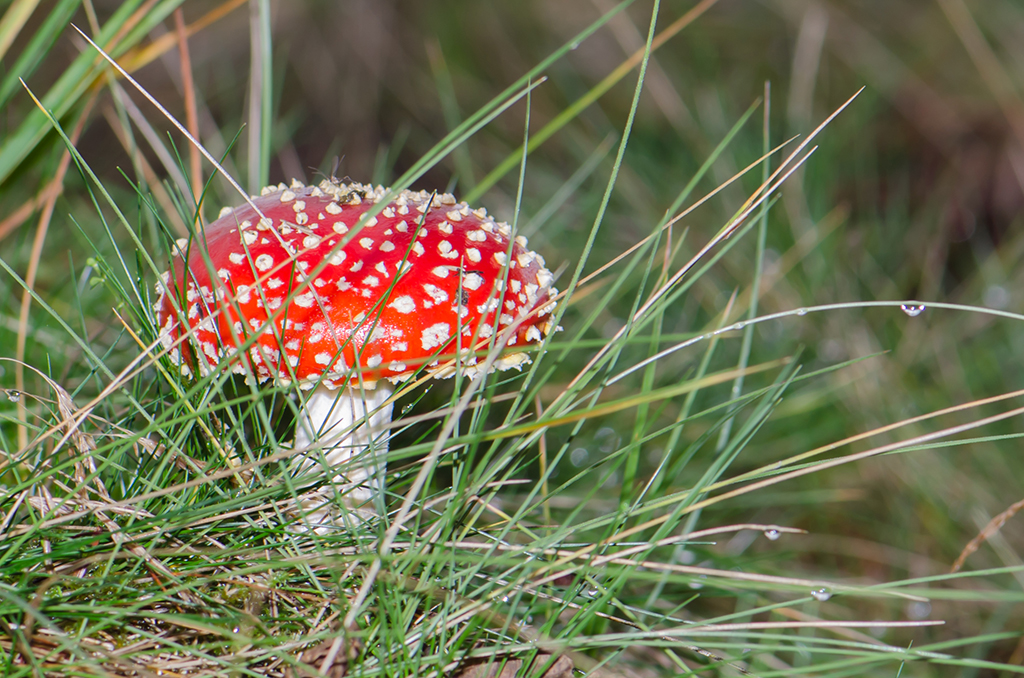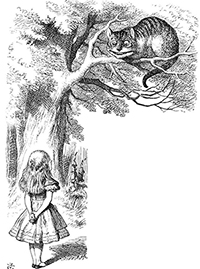Learning Pathway – Personal Reflections

“Alice asked the Cheshire Cat, who was sitting in a tree, “What road do I take?”
The cat asked, “Where do you want to go?”
“I don’t know,” Alice answered.
“Then,” said the cat, “it really doesn’t matter, does it?”
Lewis Carroll, Alice's Adventures In Wonderland
As I weaved my way through the side streets and over the canals of Amsterdam after the meeting with the person who knew far too much about me, he suggested I not forget our conversation together and recommended a book that I should read. That conversation was seventeen cycles around the sun in the past, yet still, it stays with me more as a feeling than just words shared. The book was the Alchemist by Paulo Coelho.
I’ve read many great books over the years yet this short fable, a story of an Andalusian shepherd boy who set out from Spain to Egypt in search of hidden treasure holds a special place in my heart. Whether this is due to the recollections of how this book came into my life or the fact it is a true book of magic, I know not. In the preceding years, this has been a book I have given away numerous times as a gift from a thought that exists outside of me. Now, as I’m drawing closure on my diploma, again I’ve felt inspired to read this book once more. As with each time I read it, the words speak to me as if I’m hearing them for the first time.
When I started my diploma, my focus was all about finding my goal in life, my treasure if you like. Much time was spent as I struggled with this simple question that so many people seemed to have been able to answer, or so I had been led to believe. So much in life has become about finding our purpose and having goals to work towards, achieving these goals and then setting more goals. As much as the next person, I wanted to find that thing that I was put on this earth to accomplish. I had visions that my diploma designs would represent this incredible learning pathway, but this never quite happened as expected. One thing led to another and when I moved into my house, all visions went out of my mind and I ended up with the usual sorts of designs a new house presents, gardens, rainwater harvesting, soil fertility. The idea of finding purpose in what I was doing with my diploma drifted away in the predominantly westerly wind.
As I struggled with the permaculture frameworks and design tools whilst I attempted to write up each of my designs, the usual voices always appear and wanted to be heard. People I know questioned me as to why I would waste my time on the diploma, sometimes these would be spoken aloud other times there was no need, just the lack of support would speak volumes. Therefore, I felt the need to present my permaculture diploma learning pathway as a design within a design. I needed to quell the voices and allow myself to step back and understand this journey.
What has been challenging?
My learning pathway has been no different to most of my designs when it came to how I was to write them up. I’ve had a go with a few different frameworks then stopped. I’ve spent time on the internet looking to see how other people have presented their learning pathways, this was also not a great help to me. The idea grew that I wanted to use my learning pathway to understand these past six years. This was when I thought about presenting it as a design to help me to put closure on this period of my life.
Using the FORAGE framework, I’ve attempted to share my learning pathway whilst at the same time layering a design over the top of it.
What went well?
From a personal perspective presenting my learning pathway as a final design worked very well. It enabled me to present my six-year journey in a way that I could read through it and make some sense of it all. I think just the process of writing it all down has provided me with what I’ve been missing all this time. Writing gives me a good way of having a two-way conversation with myself.
What are my next achievable steps?
When I started this diploma, I had no direction as to how I was to use permaculture design. This design has shown me the things I need to do next. Namely, enjoy the six designs presented in the Gather section and allow everything to just happen.
These six designs are going to provide me with everything I need for the next period of my life. I’m sure this is just the start of my permaculture learning pathway, after all, I’ve only just figured out what permaculture design means to me.
Did you like using the FORAGE framework, and how did it work for you?
Am I allowed to say, it’s my favourite framework? I find it a handy framework to work out what the heck I should be doing. I’ve not yet used it as a land design framework so that might be the point at which it falls apart.
I find it a simple framework to understand and when all the letters for each section are put together it forms a word a can say. It’s perfect for me.
I also like the fact that it has multiple meanings. I do find that when it comes to writing up a design I’m foraging around as to how I need to present a design. The process of developing a permaculture design involves foraging around for information or foraging through research or in my case I’m often foraging through my thoughts.
In what ways did the principles and ethics most significantly shift your decision-making?
I’m now at the point where I like to make sure I have plenty of time and I just sit down, read the title of the principle or ethic, and then I just start to write and see where my words take me. I suppose I’m using the principles and ethics to guide me in a creative writing exercise. I have no direction I just allow the words to flow through me.
In my early designs, I used them as a box-ticking exercise, now they are my favourite part of the design. I compare it to automatic writing in spiritualism, when a spirit person from the other side will communicate directly by guiding a person in writing down words without being fully aware of what they are writing.
Some of what I write for the principles I find amusing, other times some of the things I write make great sense and drive the design forwards. I never know beforehand what I’m going to write, I just write.
Where did the principles and ethics have the most influence on your actions?
With this design, I sat and worked on the principles and ethics over multiple days, the act of allowing myself time to contemplate each principle and ethic, followed by sitting at the computer and just writing whatever comes to mind seems to work well for me. This process gives me new insights which then help guide my designs.
Observe and interact is the guiding principle that is prominent in this design, partly due to the retrospective look at my journey but also regarding my question as to why I even did the diploma in the first place. It’s through observing my actions these past six years, that I now feel happy to just let everything go and see where I’m taken next.
Any reflections on using the design tools, which was most useful?
Hopefully, this is the first “personal reflections” section you are reading because what I’m about to say will be new to you, if not, sorry if I’m repeating myself yet again.
Wilf Richards elements and functions table is by far my favourite design tool. Once again it works so well in its simplicity, I just love it.
I also thought the SWOC analysis worked well in a mind map format both visually and through the use of giving a bullet point directness to the process.
To Conclude
I signed up for the diploma on 26th March 2016, I officially started on the 22nd of May with Wilf. I did this all because Marie at the end of our PDC together questioned me as to why not when I answered her question regarding if I was going to go on and take the diploma in applied permaculture design with a no.
I wonder if I had said yes back then that I would have bothered signing up for the diploma, something I’ll never know but as my learning pathway shows, over the intervening years I’ve slowly built up my understanding of how to use permaculture design in different areas of my life.
As in the Alchemist fable, the thing I had been looking for was not something outside of me that I needed to travel great distances to discover. Permaculture design has not shown me the processes for turning lead into gold, what it has done is shown me a method of designing sustainable whole systems. With clearer thoughts from the inside out, I no longer need to go in search of hidden treasure.
Thank you, Marie, for sowing the seed.









